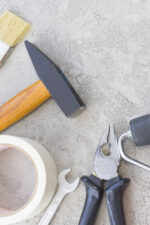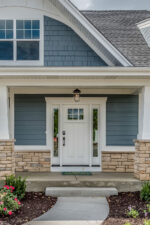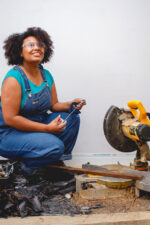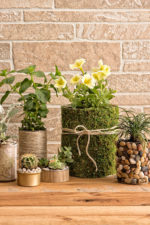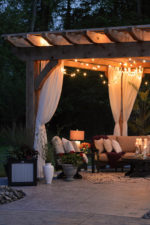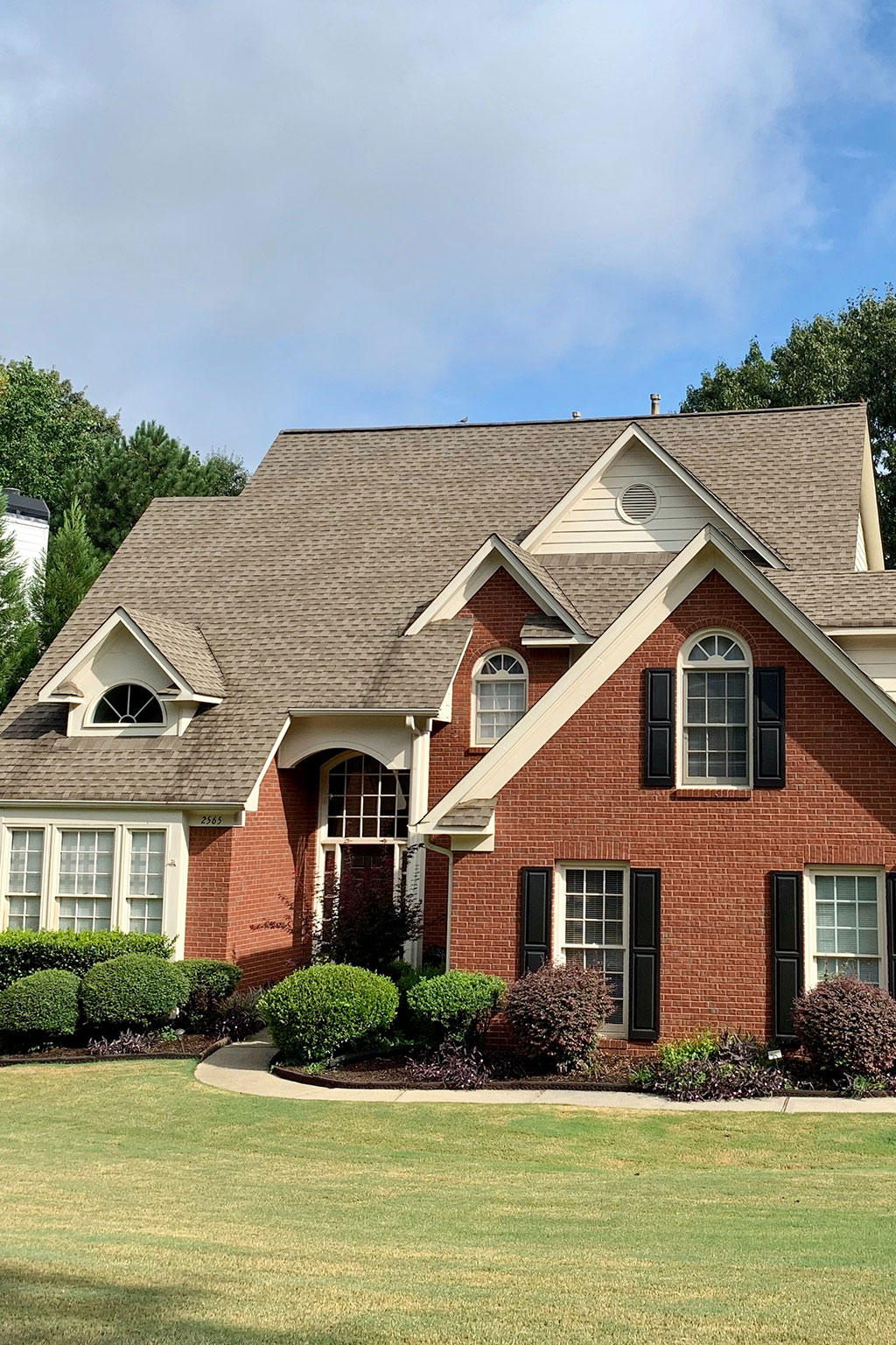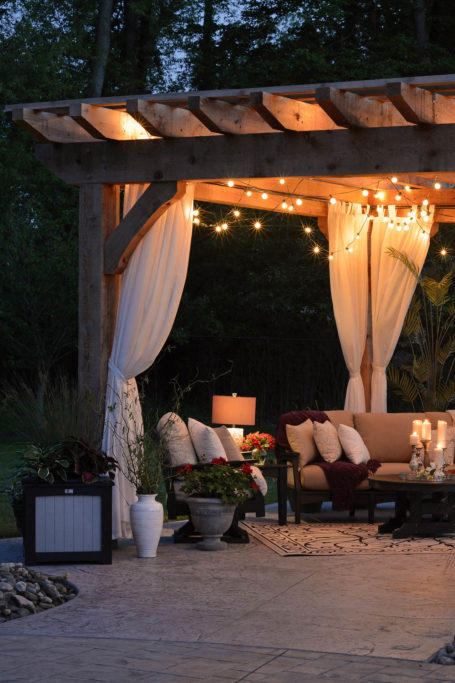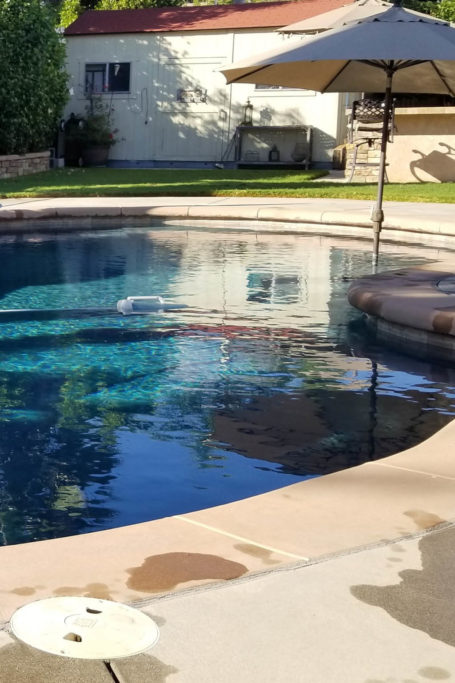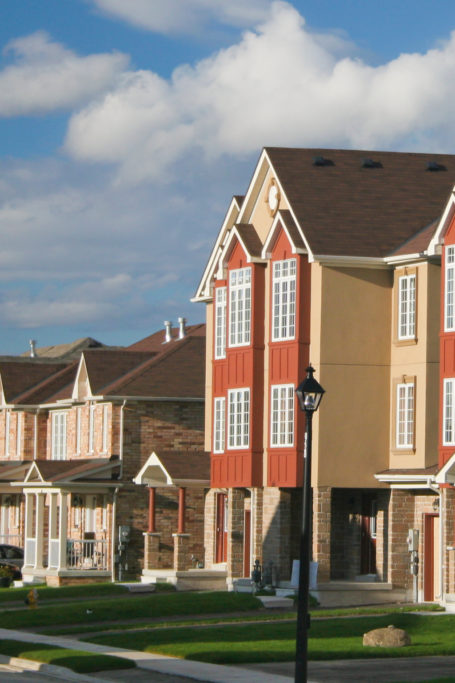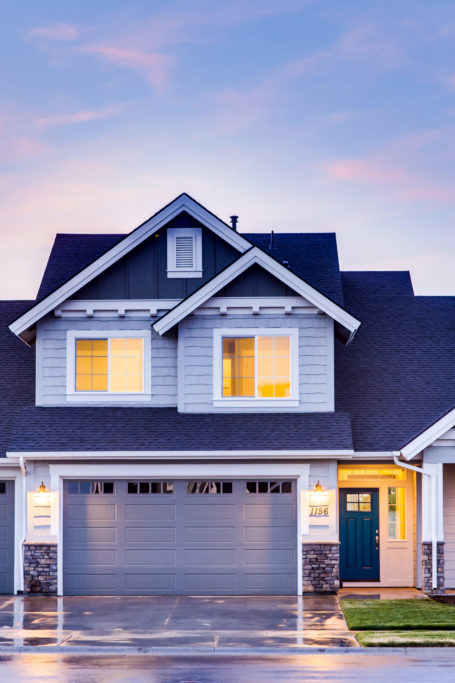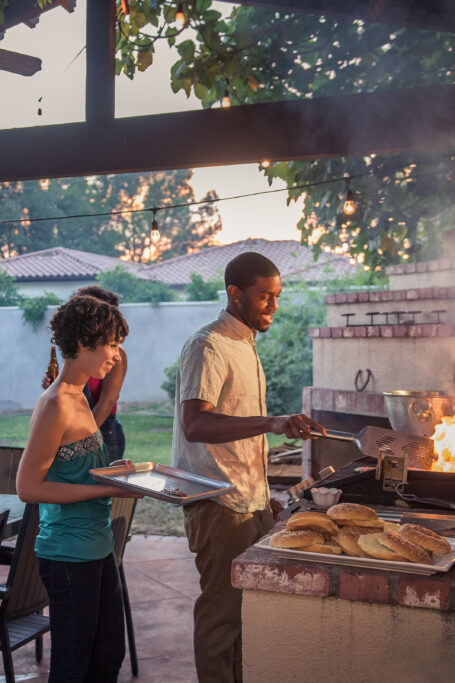Get Your Home Fall Ready Inside and Out
With the arrival of fall, it’s time to shift gears from outdoor activities to preparing your home for the cooler weather ahead.
This means more than just adding pumpkins and mums to your front porch; it also entails ensuring your home is comfortable and safe inside and out. Here is a checklist of tasks you can do to prepare your home for the season.
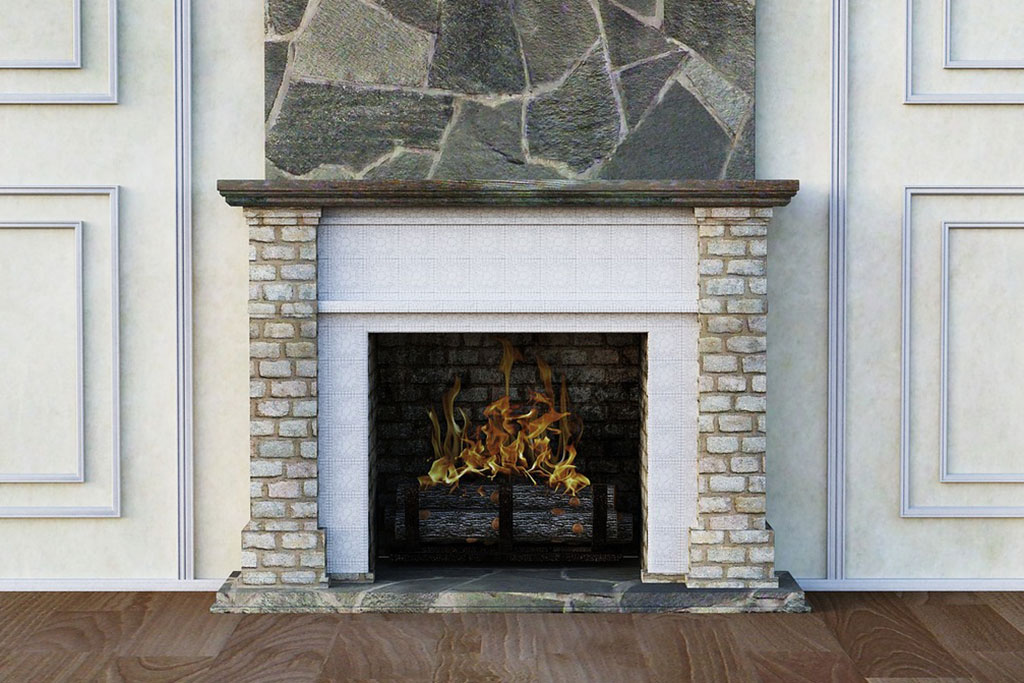
Interior
Checking that all systems are in proper working order for the seasonal transition is vital for both the maintenance and preservation of your home’s condition.
Test home-safety devices
From fall-scented candles to crackling fireplaces to hours of cooking for holiday meals, autumn can offer many risks for fires. Make sure to test that your smoke detectors and other safety devices are all functioning correctly, and consider replacing the batteries if it’s been over six months.
Stock up on storm candles
The shifting temperature of fall also increases the potential for severe storms. To prepare, obtain candles that can burn for several hours in case of a power outage, ensuring you’re not left in darkness until power is restored. Just remember to have matches or a lighter on hand!
Prepare and clean your fireplace
Before lighting up your wood-burning or gas fireplace for the first chilly night of fall, help to prevent carbon-monoxide poisoning and smoke-related issues. Look for cracks in the brickwork, verify that the gasket is intact to keep gas and smoke out of the house, clear the chimney flue of debris, and confirm the damper is in working order.
Change ceiling fan direction
Ceiling fans are versatile, offering year-round benefits. In contrast to the counterclockwise rotation used in summer, set the blades clockwise during colder months. This will pull cool air up, in turn releasing warm air from the ceiling.
Test the thermostat
Before its use becomes essential, check that your thermostat is operating correctly. Signs of potential issues include its failure to activate, blowing only cool air, disparities between its setting and the room temperature, and inconsistent cycling on and off. While you may be able to resolve the problem independently, you may want to hire professional assistance to ensure you aren’t left without heat on a cold night.
Change air filters
In summer, your AC is likely working overtime to keep your home cool. And because of the heat and humidity and long run cycles, the ductwork in your HVAC system is more susceptible to mold, bacteria, and other pathogens collecting in your filters. Therefore, you’ll want to change the filters this fall to keep you and your family breathing in clean air.
Check window seals
Windows frames can sustain damage due to extreme temperature fluctuations that cause them to expand in summer and contract in winter. This is especially noticeable with older windows since it can lead to issues with their insulation capabilities. As summer transitions to fall, inspect your windows for any broken seals or deteriorated weather stripping to avoid drafts and keep your home snug and warm.
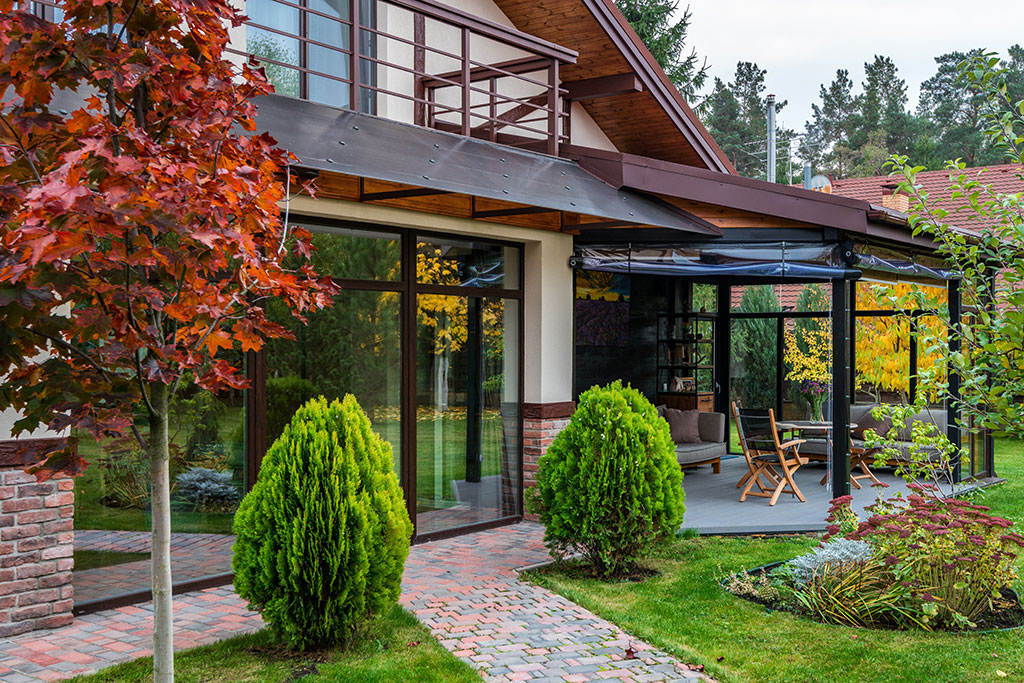
Exterior
Equally crucial to getting your interior ready for seasonal changes is implementing measures to safeguard your exterior from potential water damage and debris, which are common occurrences during this time of year.
Winterize your sprinkler and irrigation system
Before the ground freezes, it’s essential to remove any water from your irrigation system, whether by using its automatic drain function, manually draining it, or air blowing it. This proactive step not only reduces the chances of the pipes freezing and bursting but also safeguards and prolongs the life of your system, allowing you to avoid costly repairs in spring.
Prep your lawn for spring
The timing for lawn aeration and fertilization depends on your geographical location. For both northern and southern climates, experts suggest fertilizing your lawn during early fall. However, aeration is generally recommended only for northern regions at this time of year. You could also dethatch your lawn by removing the dense materials that naturally amass beneath its surface and can keep you from growing a healthy lawn. By adhering to these guidelines, you can look forward to enjoying a vibrant, lush, green lawn when spring returns.
Check exterior lights
As the sun sets earlier and the days get shorter, you’ll want to ensure your outdoor lights work properly. Consider installing a timer so that they come on automatically at dusk and turn off at dawn to ensure that your home is always well lit. This will be especially helpful if you consistently arrive home from work or your kid’s activities after dark.
Store outdoor furniture
As the leaves start to fall and the autumn rains begin, protect your outdoor furniture from the elements by storing it in your garage or shed, or inside the house if you have the space. If you need to keep it outside, get a waterproof cover to help shield it from becoming damaged.
Safeguard your decking
If you have a wood deck or one that can be worn down from fall weather, consider applying a protective stain. Early fall’s higher moisture and cooler evenings can slow drying, potentially trapping moisture under the coating. Also, promptly remove fallen leaves to prevent staining and wood discoloration.
Examine the condition of your pool cover
If you own a pool, you’re probably soon preparing to close it until the following summer season. While sealing it may be routine for you, remember to inspect the pool cover. Look for any tears or damage that could hinder its effectiveness in shielding your pool from fallen leaves, debris, and sunlight during the months when it’s not in use.
Inspect the gutters and downspouts
Before the fall rains set in, check the condition of your gutters to help avert potential water damage to your home. Ensure they are clear of debris and devoid of holes, cracks, or missing segments, and verify that the downspouts are firmly attached to your home. If you observe considerable damage, consider installing gutter guards. Additionally, it’s a good idea to trim back any trees that overhang too closely to the roofline.
Don’t wait for the colder weather to arrive before you start getting your home ready. With a little bit of effort, you can make sure your home is safe and warm all season long.

